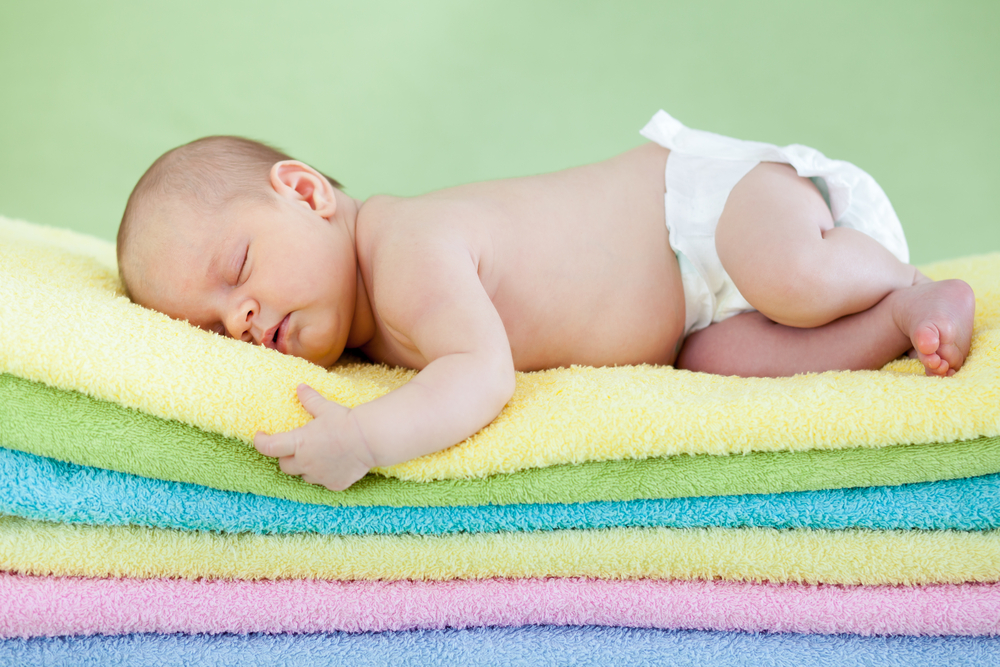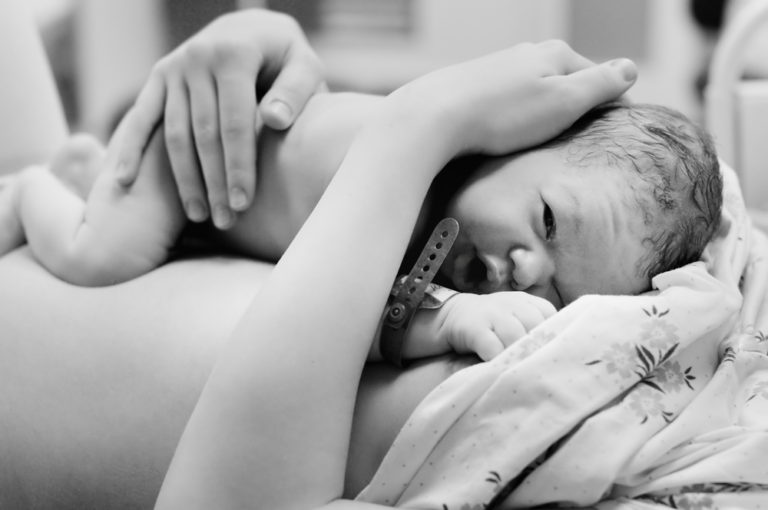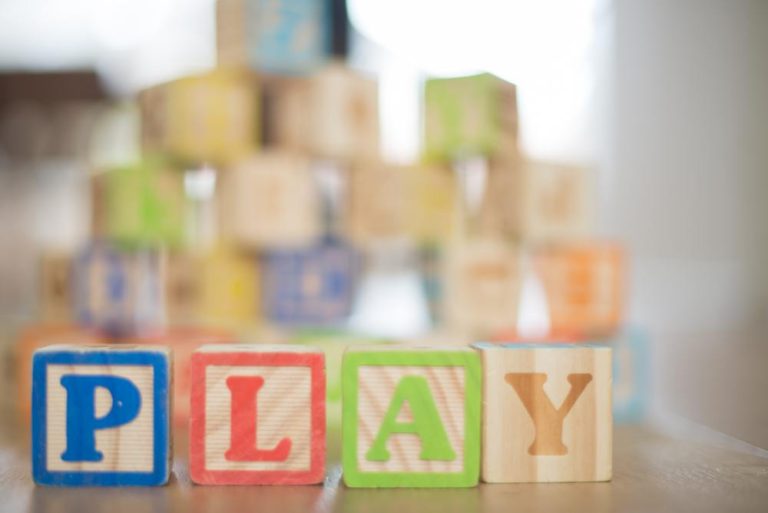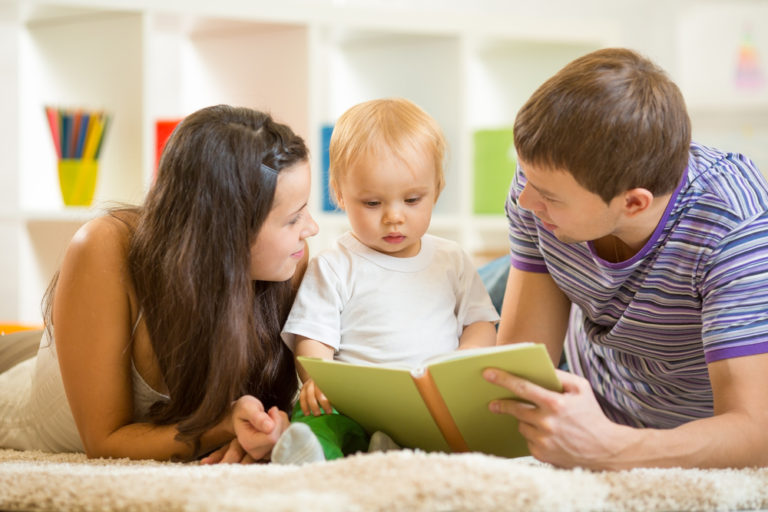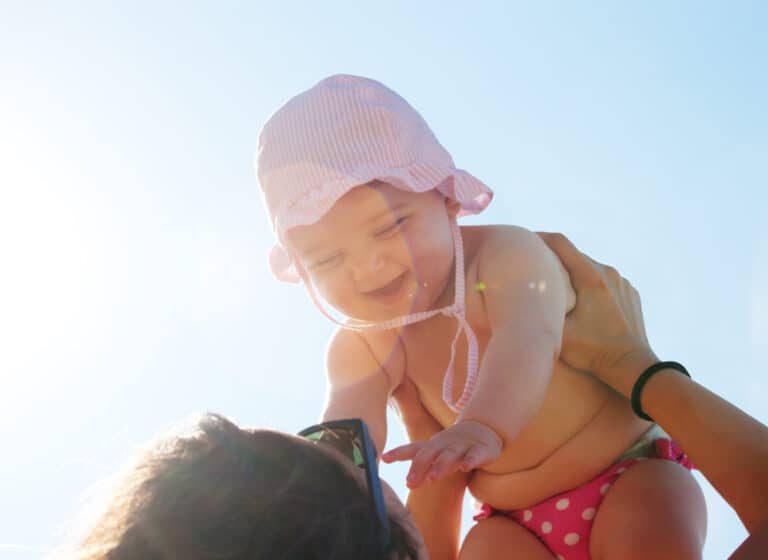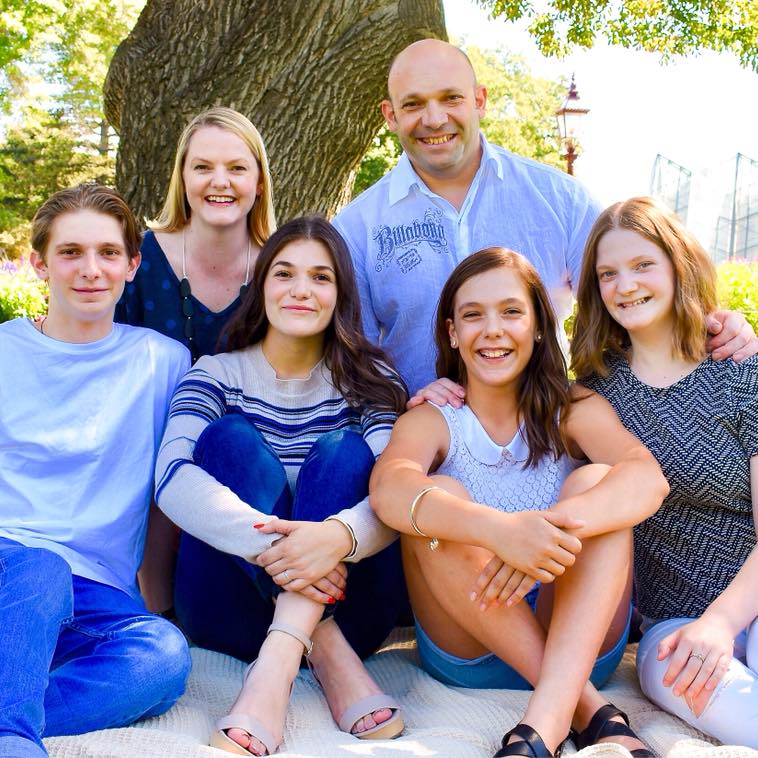Cloth Versus Disposable Nappies, How to Choose?
Cloth or Disposable Nappies
It is estimated that most babies/toddlers will go through 6000-7000 nappies in the first few years before being toilet trained. That is a lot of nappies, no wonder it sometimes feel like you are changing them all day!
New parents have so many choices to make and which type of nappy to use is an important one. But how will you know what is right for you and your baby? This post will give you some ideas to think about, ask friends and family, discuss with your partner and then make a choice. You can always change your mind later if you want to.
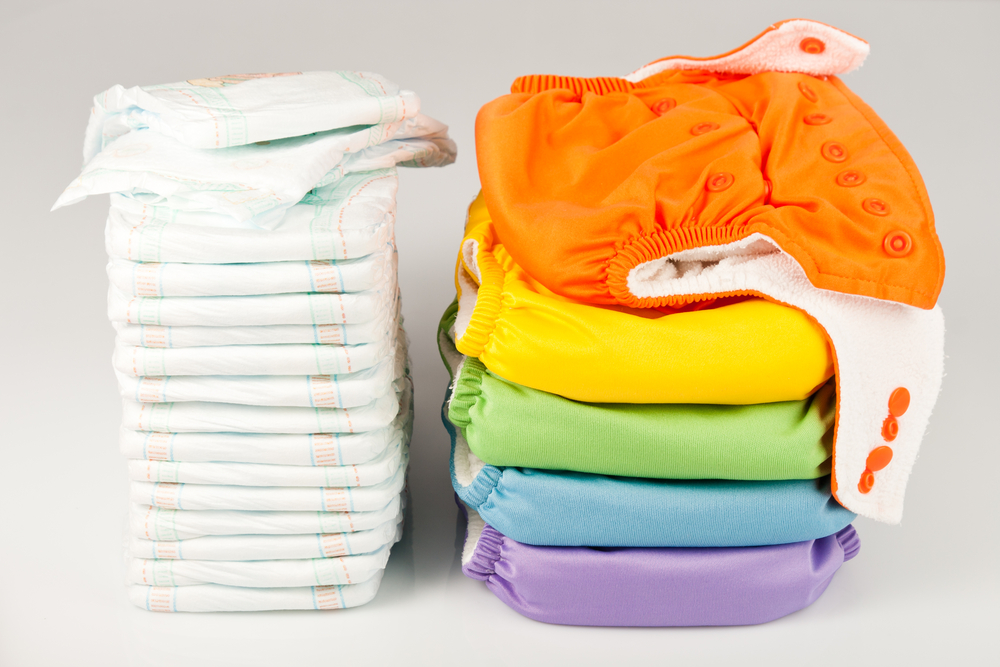
How many nappies will you need each day?
This will vary greatly depending on your baby.
DISCOVER HOW TO SURVIVE & ENJOY YOUR BABY!
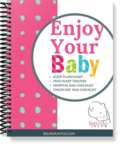 The pack is full of checklists and printables to help you improve sleep challenges with our flowchart, decide what to take to hospital, what equipment is essential, what to put in your nappy bag and so much more
The pack is full of checklists and printables to help you improve sleep challenges with our flowchart, decide what to take to hospital, what equipment is essential, what to put in your nappy bag and so much more
Newborns go through many as they tend to poo with every feed and they feed frequently in the early days. You would need around 8-12/day sometimes more. While an older toddler may use 6-8/day.
Benefits of Cloth Nappies
- Reusable, less waste
- Can be used for future babies
- Cost/use decreases over time
- Not having to replace regularly
- Can use a nappy wash service
- No chemicals
- Many colours and patterns to choose from
Negatives with Cloth Nappies
- Upfront cost to get set up
- Skill to learn how to fold/use cloth nappies
- More frequent nappy changes
- Washing, drying, folding – time required
- Messy-removing poos
- Need access to washing facilities (holidays etc)
- Different fastenings for different ages may not be as well fitted and comfortable as disposables
Benefits of Disposable Nappies
- No washing
- Readily available
- Highly absorbent, draws liquid away from skin
- Less frequent nappy changes
- Easy to fasten and secure
- More sizes available
- Cheaper upfront cost
- Often on sale, stock up when able
- Can buy in bulk
- Can try different brands to find a favourite
Negatives with Disposable Nappies
- Waste contributing to landfill – 3.75 million disposable nappies used each day in Australia & New Zealand!
- One use only
- Continual regular cost for family budget
- More expensive over time
- Most contain chemicals

Different Cloth Nappy Options:
- Terry toweling or flannelette squares – least expensive option, could get set up for under $100-$200.
- Pre-folds – a flat cloth with layers of fabric which create a padded insert which goes inside a cover. More expensive than squares but cheaper than modern.
- Modern cloth nappies (MCN), shaped like a disposable nappy with Velcro or press studs to secure – these can seem very expensive as an initial outlay.
MCN’s are made from a range of different fabrics such as bamboo. The initial set up costs could be over $1000, many are between $20-$35 each and you need many.
There are more than 200 brands to choose from, it can be hard to choose the best type for you and your baby.
3 Main styles of Modern Cloth Nappies:
- All-in-ones, these include a water proof layer and an absorbent inner sewn together to form a nappy.
- All-in-twos/snap-in-ones, these come in 2 parts with a waterproof outer layer and a separate absorbent inner layer that ‘snaps in’ usually with press studs. Because they are in 2 separate pieces they dry faster after laundering.
- Pocket nappies, these have the waterproof outer and soft inner lining with a pocket that houses an absorbent insert. These are removed and laundered separately then the insert is put back in for next time.

Affordability of Cloth Nappies:
Larger setup costs, need to purchase before birth. Best to try a few different brands before buying a large supply. Some brands have trial packs.
Some cities have access to nappy libraries and nappy washing services.
You will need at least 20 nappies to cover the 24 hour/day needs. Check that these can continue to be used as your baby grows or if you need to purchase a bigger size. If they work well, you may purchase more so that you don’t need to wash them as often.
Look for sales, consider secondhand from friends or family.
Check online reviews for good customer service.
Studies have shown that using a set of reusable cloth nappies may halve your costs when compared to using disposable nappies. This takes into account using a cold wash cycle and line drying.
Washing costs:
There is a minimal cost involved with washing, the water, possible use of nappy soaker, detergent and dryer, especially in winter if line drying is not an option.
Keep in mind the manufacturers instructions on laundering your nappies as they are made out of different materials and you want to make sure they are washed correctly so that they last.
Some parents find ‘dry pailing’ an effective regime to follow:
- Use a nappy liner to catch solids
- Remove inserts or separate parts of the nappy
- Rinse in cold water if soiled
- Place in a bucket with lid (no water or soaker inside)
- Wash a load of nappies every second day
Use of a ‘wet bag’ can be helpful to put used nappies inside in the nappy bag, this stops any mess and is also useful for swimming with wet bathers.
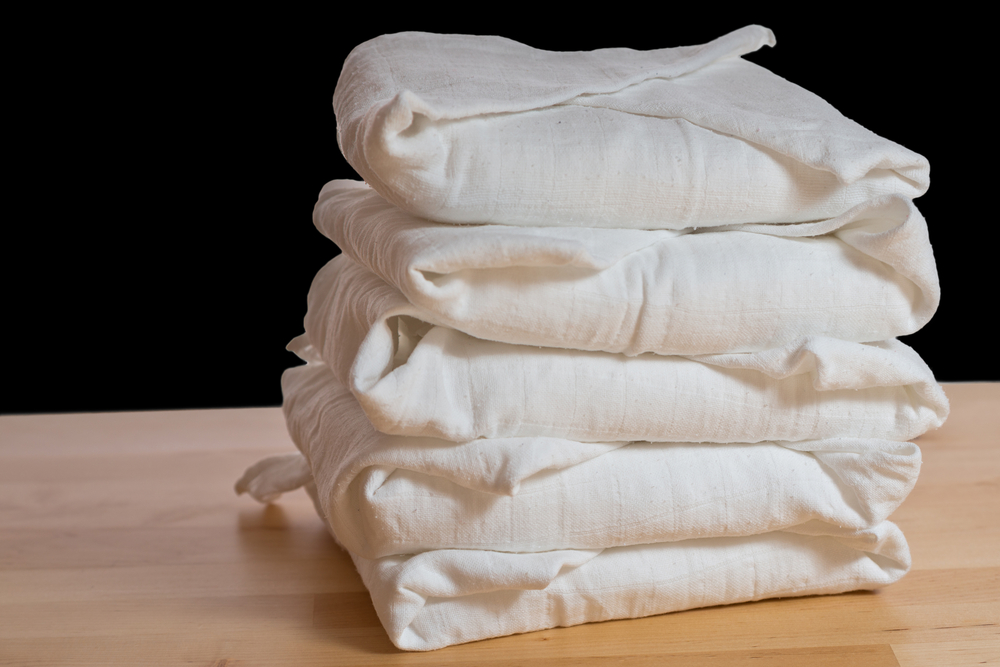
Disposable Nappy Options:
Disposable nappies have improved enormously in the last 20 years. Many grandparents will suggest disposables will cause nappy rash as the earlier disposables had a plastic covering that didn’t breathe at all. Nappies now have better technology, they breathe well and are more of a cloth feel. Spending a little more may save you in the long term due to increased absorbency, your baby may sleep longer too.
Biodegradable Options:
There are biodegradable options, these are more expensive and studies show that once they go into landfill their ability to biodegrade is reduced. For best results the components would need to be separated into those biodegradable and then disposed of into a commercial composting facility, this is almost impossible once the nappy has been used and many do not have access to these facilities.
Some of the claims on the nappy packs are unclear citing ‘planet friendly’, no nasties, natural ingredients etc. Keep in mind that they are often describing some materials used in the nappy. Plant based materials can reduce the carbon footprint. Some of the more environmentally friendly nappies are shipped form the other side of the world which makes some of the claims questionable.
Use of a nappy bin system tends to add even more plastic to landfill, makes biodegrading even lass likely and the refill cartridges are expensive. I would suggest any smelly nappies can go into a scented bag (some are biodegradable) and placed in the outside bin and those with only urine can probably just get wrapped up into a ball using the velcro tabs to stay closed and into the bin.
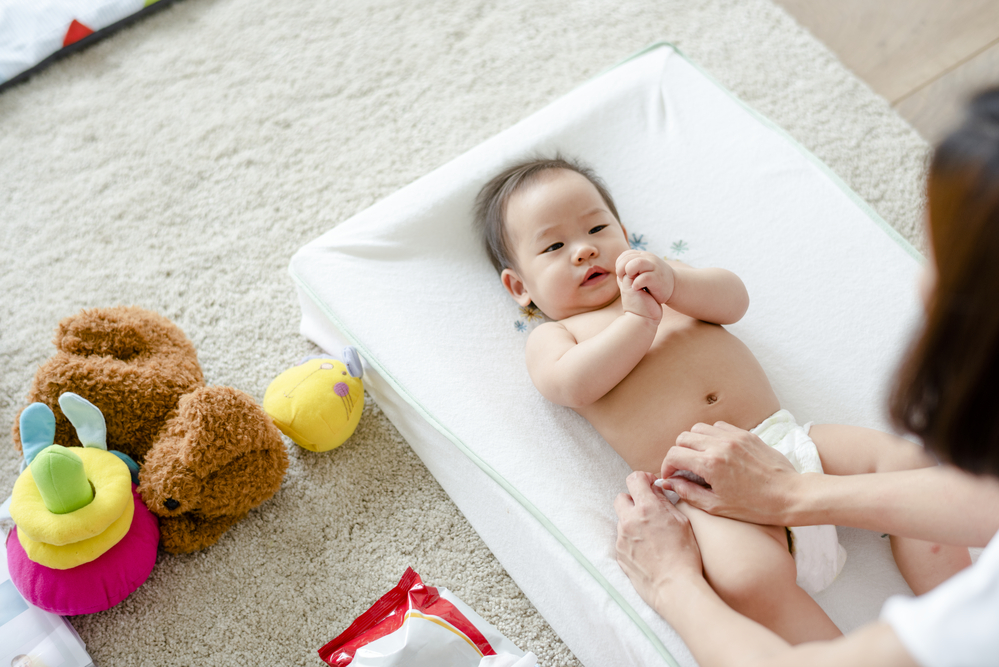
Fit and comfort are also important and this is going to change over time as your baby grows. They need to be able to move freely in their nappy to roll, crawl, pull to stand etc.
What did I use:
In my experience using cloth nappies (classic folded before MCN’s were available) for our first two babies and then disposable for the third and fourth. Those that used disposables rarely got a nappy rash, they were very convenient, especially when we already had the usual laundry from 5-6 of us. On the other hand, using cloth nappies was substantially cheaper and we were on a tight budget at this time. My husband and I shared the extra work of washing and drying the nappies. There was much less waste with the cloth option.
Many families use a combination of cloth nappies at home and disposables when out and about. Or cloth during the day and disposables overnight. This works well and you get the best of both types. Like most things in life you don’t have to be all one or the other.
Ask friends and family what they used and why.
The decision of which type of nappies to use is a personal one. You need to make the right choice for your family and this can change over time as required.
Enjoy your baby and good luck with all of those nappy changes…
My book ‘Survive and Enjoy Your Baby‘ has more detailed information around preparing and caring for your baby.
Other Related Blog Posts:
What Every Mother Needs To Take To Hospital With Them

